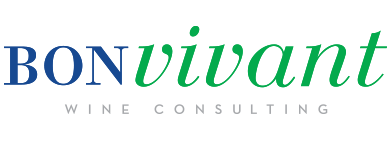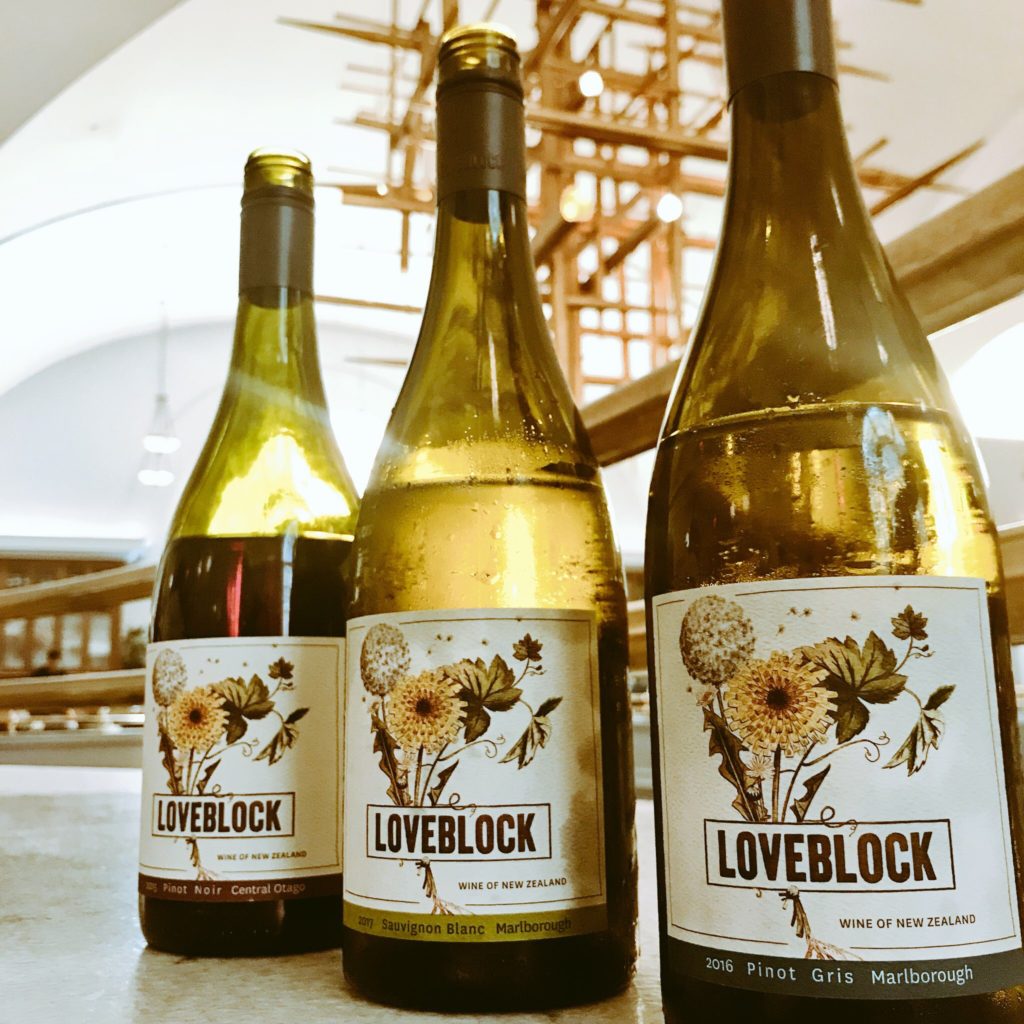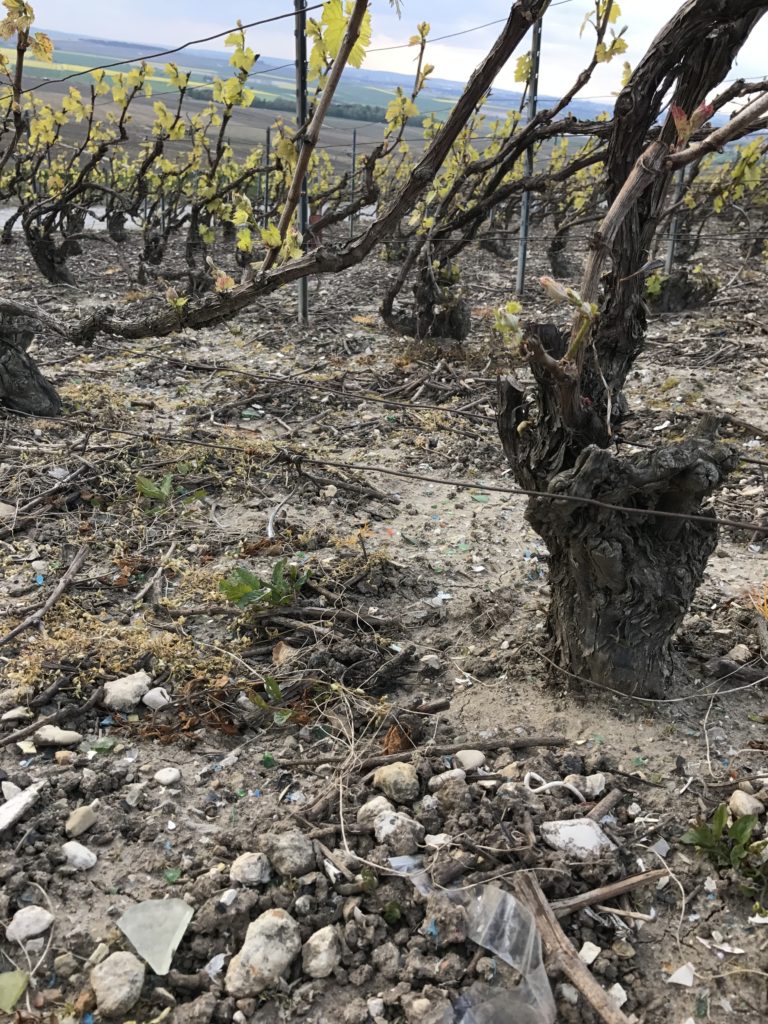Love Block Wines with Erica Crawford
Posted in: Bang for Your Buck, Bon Vivant, Drink Well, Entertaining, Environment, Green Wine Practices, Porch wine, Sustainable wine, Wine Recommendations, Wine Reviews, Wine Tasting, Winemakers, Wineries and VineyardsConfession: I don’t drink a lot of wine from New Zealand. But I’m not one to turn down the opportunity to have dinner with Erica Crawford- yes, that New Zealand Crawford, at A Rake’s Progress. Truthfully, I was hoping her wines from the Love Block label might surprise this New Zealand skeptic, and that’s just what happened!
The Love Block wines, first produced in 2013, are all sustainably farmed. This started as a logical extension of a health scare which prompted Erica to take a look not just as what she was eating, but the products she used to clean her home, beauty products, and ultimately what was going into the wines she produced. I love when vineyards take a sustainable approach, but if the resulting wines don’t taste good it’s a lost effort in my book.
“It’s not always easy, but it is hugely gratifying.” – Erica Crawford
These wines achieve a really high quality level, without sacrificing environmental or health integrity. (They also happen to be vegan, a request from one of Crawford’s daughters.) As Crawford said, “it’s not always easy, but it is hugely gratifying.” Eventually, they plan to transition the vineyards to certified organic, but want to ensure quality and consistency before making this transition.
Pinot Gris
We started with the pinot gris- a natural start on a somewhat muggy DC day. I often find these wines can be a bit flabby or one dimensional. However, the Love Block was well balanced with plenty of acid and a beautiful minerality balancing out the melon, pear and passionfruit notes. Super easy drinking- this is a wine that doesn’t need food to enjoy, but it complemented the array of salads and late summer produce from A Rake’s Progress beautifully. SRP $22.99
Sauvignon Blanc
New Zealand is perhaps most famous for its sauvignon blanc, and it’s frankly not a style I’m drawn to. They’re often “loud” wines- the fruit, the grass, that distinctive cat pee note…it’s all a bit much for me, lacking subtlety in favor of brute force. Not so here. I got plenty of fruit in the form of pineapple, lemon, and tinned yellow peaches, but this was balanced by lovely green, herbaceous notes. If New Zealand and Bordeaux had a lovechild, this would be the resulting wine and I can see it pleasing fans of both old and new world styles of Sauvignon Blanc. SRP $21.99
Pinot Noir
The pinot noir was actually my favorite wine of the trio. It had lovely notes of violet, black raspberry, black pepper and a subtle mushroom note. Silky and smooth, medium bodied, but just enough complexity to keep me reaching for my glass over and over. The family style meal featured everything from smoked trout to prime rib, to roast chicken, and the wine was versatile enough to pair well with all three dishes. Again, this wine straddled old world/new world styles, making it an easy pick for dinner parties or a hostess gift. SRP $29.99
The wines are available for purchase at the following DC stores and online:
- Bacchus Wine Cellars
- Circle Fine Wine and Spirits
- Ace Beverage
- Burka’s Fine Wine and Spirits




